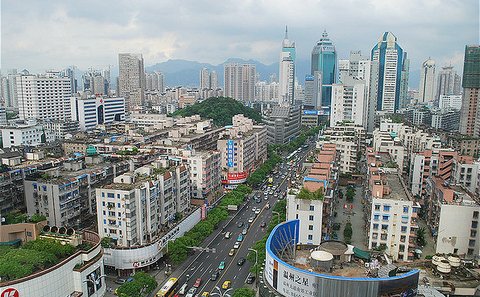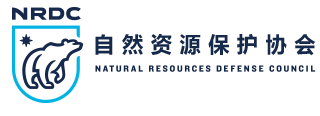This article was originally published by chinadialogue. Click here to the original article.
Author: Liu Qin
Chinese cities are becoming increasingly open on pollution levels, but heavy industry remains reluctant to release data
 Wenzhou in eastern China is the most open in its disclosure of pollution data, according to the PITI index (Image by Malcolm Moore)
Wenzhou in eastern China is the most open in its disclosure of pollution data, according to the PITI index (Image by Malcolm Moore)
Industries that have a major responsibility for China’s pollution crisis are still trying to cover up their role in damaging the country’s air soil and water, even though cities are disclosing more.
Cities covered by a closely-watched, environmental measurement tool – known as the Pollution Information Transparency Index (PITI) – showed improvement compared with 2013. However, the average is still lower than many activists would want.
In the latest PITI report, released on August 11, the average score for disclosure among 120 cities was 44, up from 28.5 last year. Beijing came fourth in the rankings, with a score of 67, while Wenzhou in Zhejiang province took first place with 69.3.
The index, which is a joint effort by the Institute for Public and Environmental Affairs (IPE) and the Natural Resource Defense Council, has a critical role in tracking pollution levels in Chinese cities and from companies involved in environmentally-damaging sectors such as steel, cement, metals, chemicals, textiles and refining.
Lin Shu, deputy head of Wenzhou’s Environmental Protection Bureau, said his city’s progress was aided by activism and involvement by around 100 environmental protection groups staffed by 10,000 volunteers.
Authorities in Wenzhou publish details on all sanctions levied on companies, allowing the public to see if these punishments had encouraged companies to clean up their act. “We saw the benefits (of greater transparency). In the past, the public thought we protected polluters, now they see us fighting pollution and prosecuting crimes,” says Lin.
Although the average PITI score was 44 – a ‘fail’ grade – there have been huge improvements over the past seven years, says Ma Jun, director of the IPE.
Environmental protection efforts in China have traditionally faced three major challenges: enforcing environmental laws, taking polluters to court, and enhancing transparency. With progress on the first two areas making headway this year as China rolls out its new environmental law, a breakthrough on transparency will also help citizens to bring cities and polluting companies to account, says Ma.
“Deep reform of the system doesn’t happen overnight, but increased openness is a good and reliable place to start,” he points out.
Wang Canfa, head of the Environment and Resources Law Institute at the China University of Politics and Law, said many cities were scoring less than 30 points when the index started.
With state encouragement, big improvements have been made, he says, adding that next year’s figures will be better again, as there is still plenty of room for improvement.
“(In theory) It shouldn’t be too hard to compel key companies to publish this data,” he says.
But big companies in heavy industries are often important local taxpayers and thus are protected by local governments, he adds.

